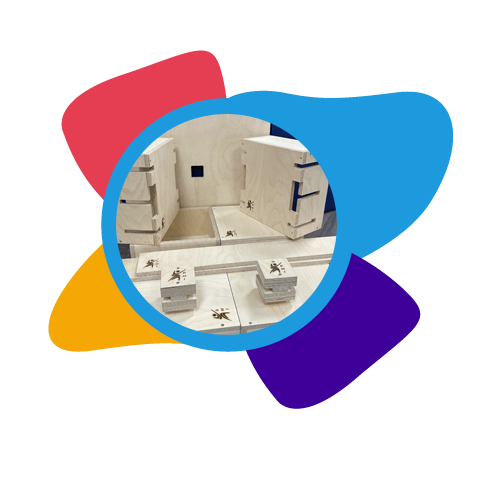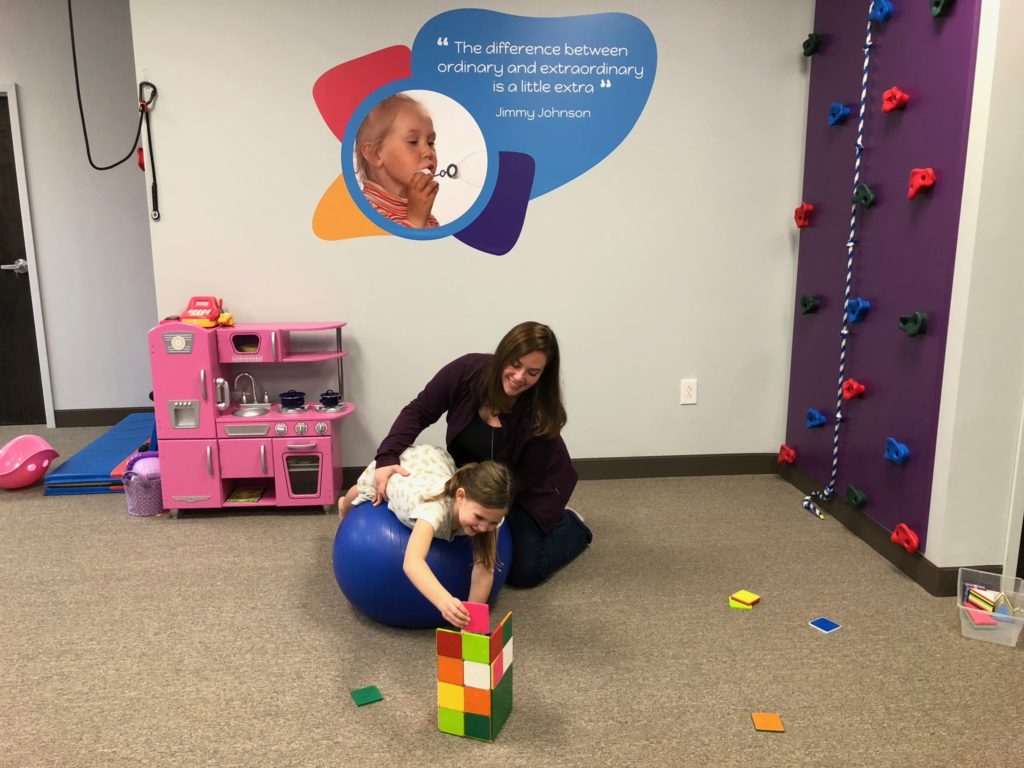
What is Dynamic Movement Intervention(DMI)?
Dynamic Movement Intervention (DMI) is an effective therapeutic approach frequently employed in the fields of physical and occupational therapy to address motor delay issues in children. Its primary objective is to enhance automatic postural responses and facilitate progress toward achieving developmental milestones in young individuals. The core aim of DMI is to elicit specific, active motor responses from the child through structured dynamic exercises carefully selected and directed by the therapist. This comprehensive intervention integrates cutting-edge research in neurorehabilitation, the application of advanced technologies, and refined methodologies. DMI actively promotes neuroplasticity, encouraging the creation of new neuronal connections and the attainment of important motor developmental milestones.
Who is DMI For?
Irrespective of the degree of cognitive functioning or the extent of neurological impairment, children facing such challenges can experience significant advantages from DMI motor intervention in terms of fostering neuroplasticity in their developing brains. This therapeutic approach can be beneficial for children diagnosed with various motor delays, encompassing conditions such as Down Syndrome, Cerebral Palsy, global developmental delay, hypotonia, chromosomal abnormalities/genetic disorders, spinal cord lesions, or acquired brain injuries. Moreover, children at risk, including those born prematurely, can also reap the rewards of this therapy due to its potent ability to induce notable neuroplastic changes in the developing brain.
What happens during DMI?
Following a brief assessment, the therapist will pinpoint areas of deficiency, which will serve as the foundation for the treatment plan. The therapist selects exercises designed to push the child’s neurological system to its highest skill level while also focusing on building fundamental motor milestones. These exercises encompass activities involving movements against gravity, progressively increasing levels of support, stimulation of desired movements, and challenges related to posture and strength.
Throughout a treatment session, the child will engage in a variety of distinct exercises that introduce new and diverse sensory and motor challenges. Typically, each exercise is repeated approximately five times. Some exercises may be revisited in subsequent sessions until they become second nature to the child, resulting in enhanced balance and functionality. These exercises are conducted either on a tabletop or on the floor, depending on the child’s capabilities.
DMI Therapy synergizes effectively with other therapeutic techniques and equipment. Often, these complementary approaches are integrated into a single treatment session to optimize alignment and enhance overall outcomes.

DMI Focus Areas:
Enhancement of Gross Motor Skills: DMI aims to enhance the gross motor skills of children right from birth, promoting the development of automatic motor movements, which in turn fosters neurological maturity.
Gradual Progression: DMI adopts a progressive approach, continually raising the level of challenge to encourage greater independence in the child’s responses.
Emphasis on Alignment and Postural Control: All DMI exercises prioritize achieving optimal anatomical alignment, stimulating postural control, and emphasizing verticality.
Range of Motion Development: Muscle and joint range of motion are actively improved through dynamic and functional stretching within the exercises.
Focus on Balance: Improved balance is a central theme across various DMI exercises.
Advancement of Functional Movements: DMI concentrates on enhancing actions and skills necessary for achieving developmental milestones like rolling, sitting, standing, and walking.
Promotion of Somatosensory Development: The exercises deliver robust sensory input, sending afferent messages to the brain that create specialized synapses, finely tuning balance, muscle control, and overall movement.
Modification of Tone, Primitive Reflexes, and Abnormal Movement Patterns: DMI endeavors to normalize movement patterns in children with neurological dysfunction, aiding in the integration of disruptive primitive reflexes.
Holistic Global Development: While DMI primarily targets gross motor skills, it also contributes to the development of various other skills as an outcome of this intensive intervention.


